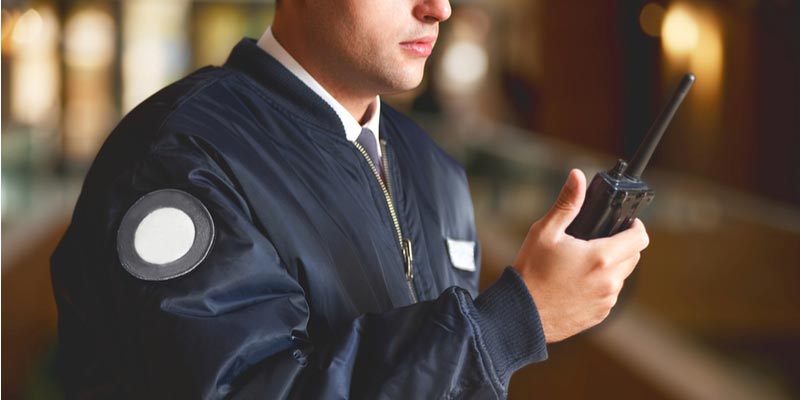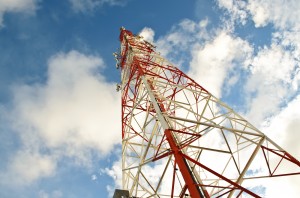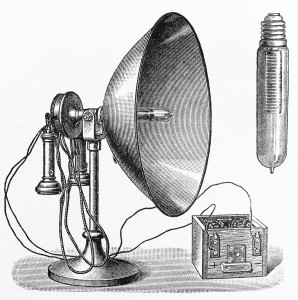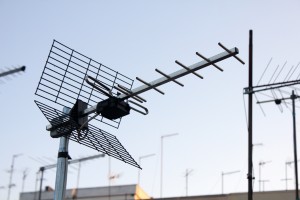Communication is vital to the success of any growing business. A business that can serve its customers efficiently and quicker that its competition will succeed. Great examples that come to mind are tow truck companies that can communicate back to home base quickly to be alerted of a need or customer service floor people who can see opportunity and alert colleagues from across the store. Communicating in business is key, what matters is how you are communicating and what could improve your communications?
The norm in business today is to use personal cellphones for communications. In a small number of slower moving businesses they work, but Two-Way radio has been a consistent winner among most businesses in terms of speed and reliability. Two-Way Radio allows for instant communication amongst multiple people. No dial tones and no missed calls. Two-Way Radio can resist years of use and most every environment of use. Cellphones need to be upgraded every 1-2 years and are easily broken by a small drop or splash of water.
Small and large businesses alike have been using Two-Way Radios in South Florida to grow their business and become more efficient. A few examples of industries using Two-Way radios in South Florida include:
- Transportation
- Trucking
- Towing
- Security
- Ambulance
- Boating and yachting
- Waste Management
- Schools
- Churches
- Museums
- Hospitals
- Hotels and Hospitality


 With all this talk of radios, walkie-talkies, wide area network, cell phones and the internet, do you ever wonder what exactly radio waves are? We use the term radio in our lives often, but do we really understand how they work, and what types of devices use them to transmit messages? To really understand how your electronic device works, whether that be a radio, handheld or cell phone, you have to understand how radio waves work.
With all this talk of radios, walkie-talkies, wide area network, cell phones and the internet, do you ever wonder what exactly radio waves are? We use the term radio in our lives often, but do we really understand how they work, and what types of devices use them to transmit messages? To really understand how your electronic device works, whether that be a radio, handheld or cell phone, you have to understand how radio waves work.  There were many key influences that helped the radio evolve into what it is today. We’ve already talked about how originally the radio was used only in simplex mode, and messages were simply transmitted via Morse Code, to recipients. There was no
There were many key influences that helped the radio evolve into what it is today. We’ve already talked about how originally the radio was used only in simplex mode, and messages were simply transmitted via Morse Code, to recipients. There was no  When using two-way radios, signals are typically transmitted via VHF (30 MHz to 300 MHz) or UHF (300 MHz to 3,000 MHz) waves on the radio spectrum. There are pros and cons to each. In some instances it is better to use radios set to the VHF frequencies, and in others the UHF frequencies. In addition to
When using two-way radios, signals are typically transmitted via VHF (30 MHz to 300 MHz) or UHF (300 MHz to 3,000 MHz) waves on the radio spectrum. There are pros and cons to each. In some instances it is better to use radios set to the VHF frequencies, and in others the UHF frequencies. In addition to